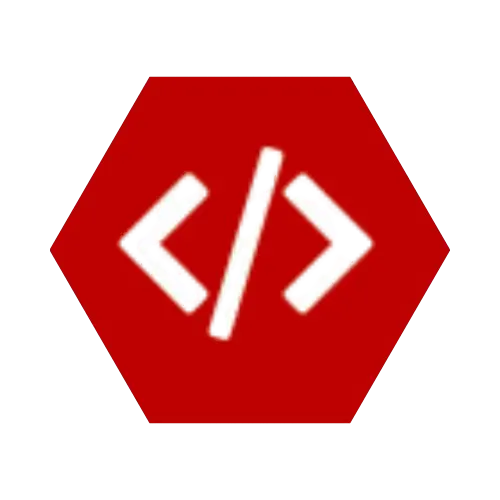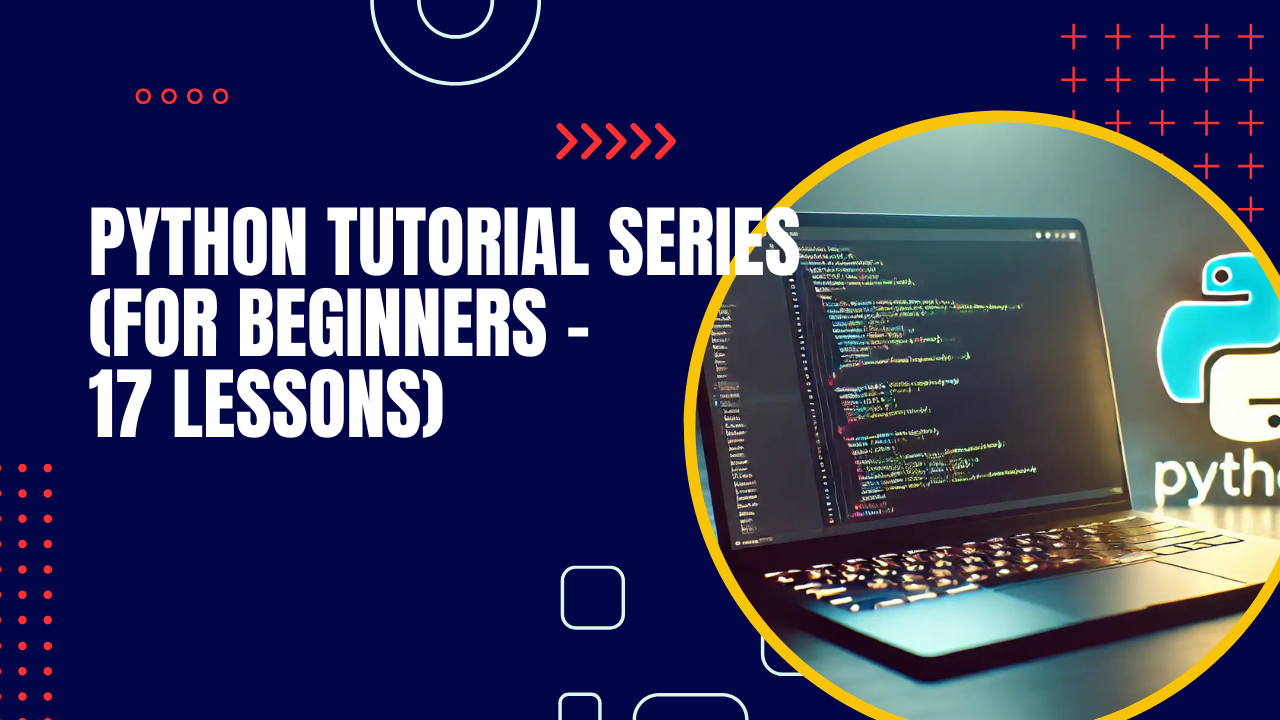Welcome back to the Python Tutorial Series for Beginners! 🎉
In Lesson 5, we explored lists – how to create them, modify them, slice them, and use common methods.
Now in Lesson 6, we’re diving into tuples – another way of grouping data in Python.
By the end of this lesson, you’ll understand:
- What tuples are and how they differ from lists
- How to create and use tuples
- Accessing tuple elements
- Tuple unpacking
- When to use tuples vs lists
- Practical beginner exercises
🔹 What is a Tuple?
A tuple is very similar to a list – it can store multiple items, even of different data types.
👉 The big difference: Tuples are immutable (you cannot change them once created).
- Tuples use parentheses
() - They can contain different data types
- They are ordered and immutable
🔹 1. Accessing Tuple Elements
Just like lists, tuples are indexed (starting from 0).
🔹 2. Tuples are Immutable
Once you create a tuple, you cannot change its elements.
If you need to modify data, use a list instead.
🔹 3. Creating a Tuple with One Item
To create a tuple with just one item, you must include a trailing comma.
🔹 4. Tuple Unpacking
You can assign tuple elements directly into variables.
🔹 5. Using Tuples in Python
Why use tuples instead of lists?
- ✅ Performance: Tuples use less memory and are faster
- ✅ Data integrity: Tuples are read-only, so they’re safer for fixed collections
- ✅ Hashable: Tuples can be used as keys in dictionaries, lists cannot
Example:
🔹 Exercises for Beginners
Try these in a new file (lesson6.py):
- Create a tuple of your 3 favorite colors and print the second one.
- Try modifying an element in the tuple – what happens?
- Create a tuple with one element (be careful with the comma).
- Use tuple unpacking to assign values
(“Python”, 3.10, “Cool”) to three variables. - Challenge: Create a dictionary that uses tuples as keys (e.g., coordinates → city name).
🎯 Recap
In this lesson, you learned:
✅ Tuples are like lists but immutable
✅ You can access elements by index
✅ You can unpack tuples into variables
✅ Tuples are great for fixed collections and dictionary keys
Next up: Lesson 7 – Dictionaries in Python 🗂️ (key-value pairs you’ll use everywhere in coding).
💼 Need a Developer?
I'm Kingsley Odume, a Django, Flask, and FastAPI developer with experience building SaaS platforms, APIs, and modern web apps.
If you're a recruiter or business owner looking for a reliable software developer, let's connect!
🚀 Hire Me



